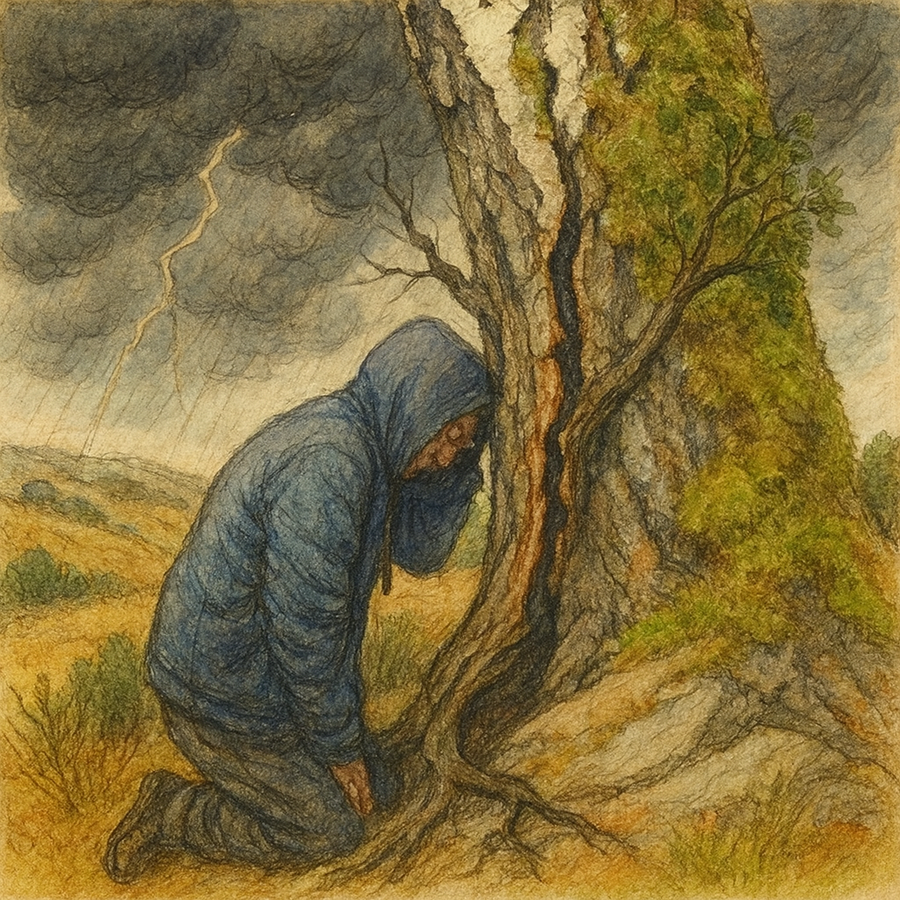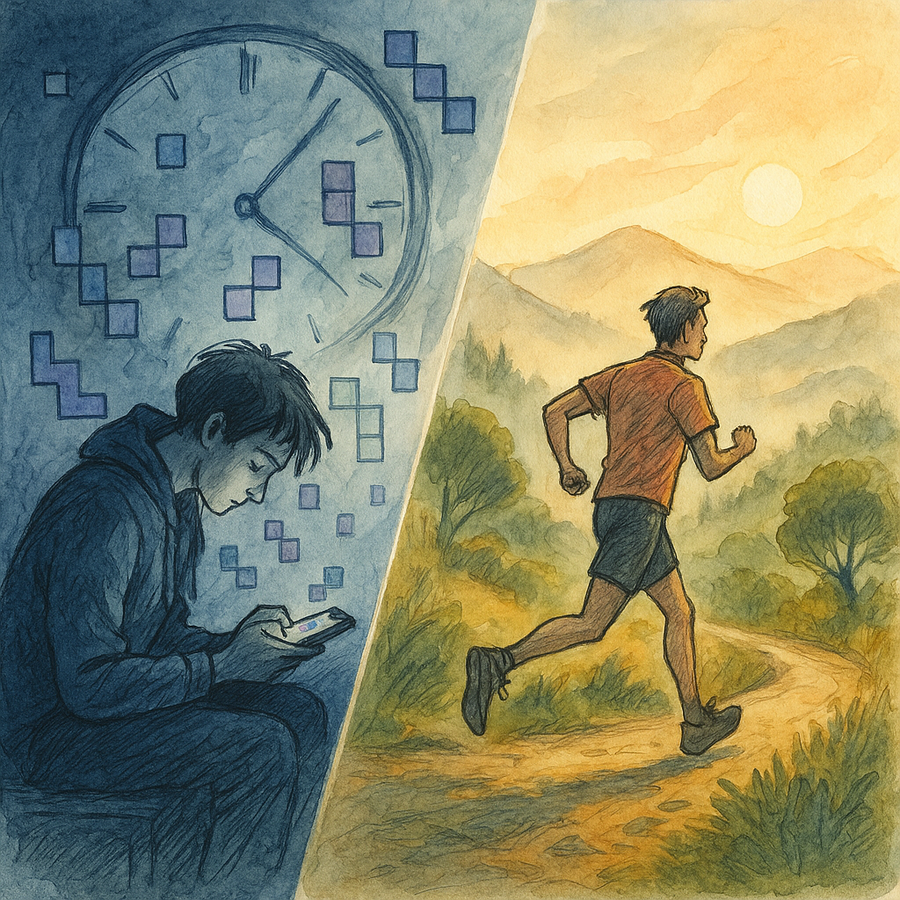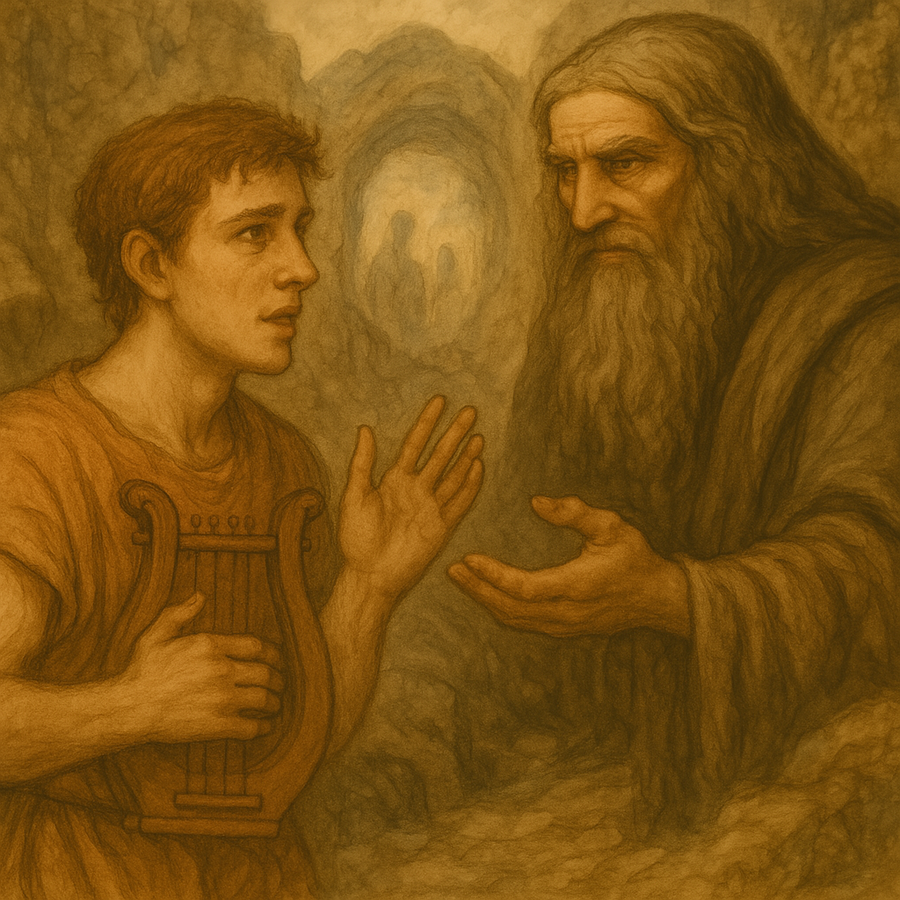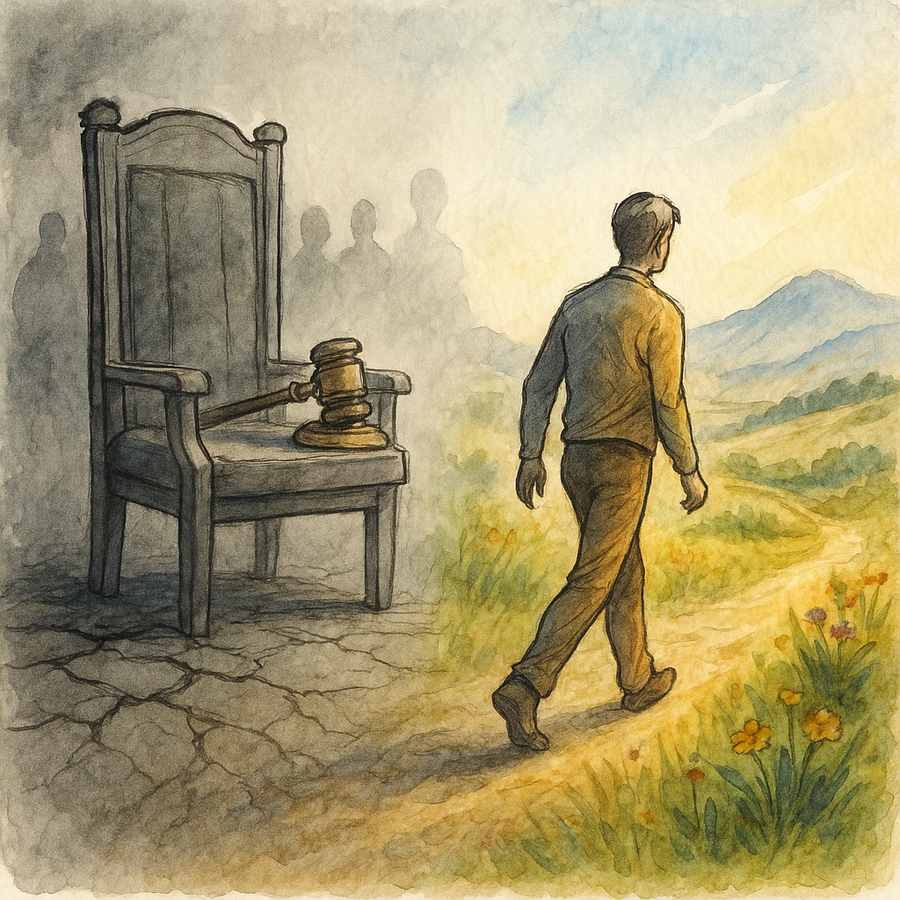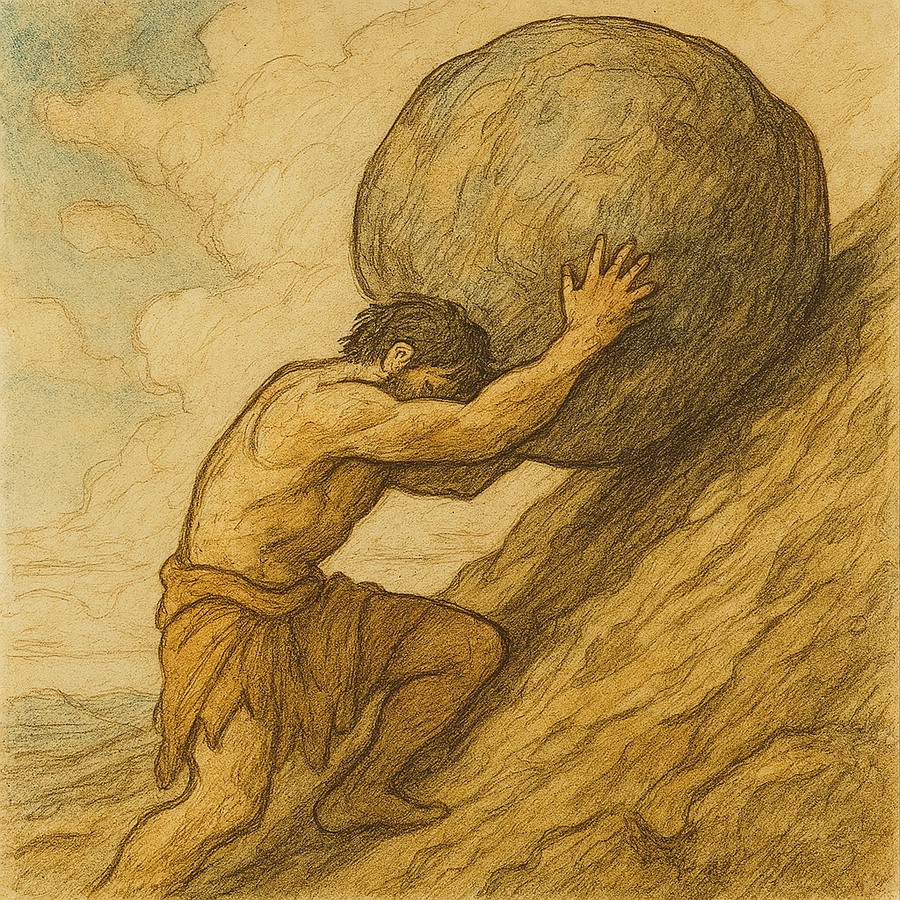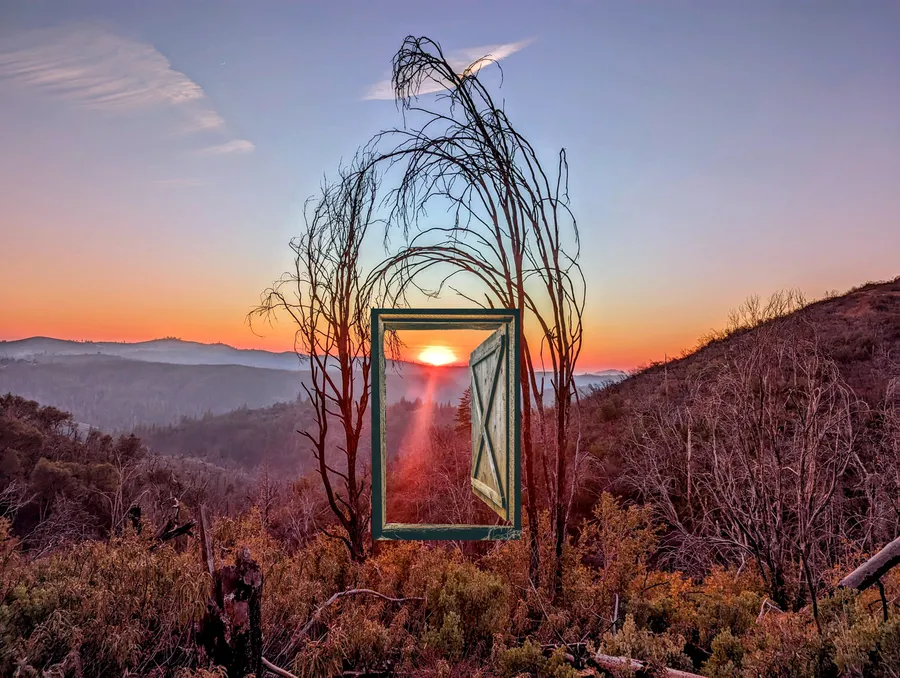I was shaking after 4 hours without an answer to my text
Four hours. That’s all it took for my body to slip into fight-or-flight.
One moment I felt secure, connected, loved. The next, I was spiraling - shaky, distracted, obsessively checking my phone like my life depended on it.
I wasn’t worried that anything had happened to her. I was terrified of being ignored, flooded with childhood fears as if the connection to life had been severed.
I wanted reassurance. I wanted contact. I wanted something to hold onto. Instead, I circled the maelstrom.
This doesn’t happen every day. Sometimes it’s weekly. Other times I go
weeks without hijack. But when it happens, the pattern is
consistent:
First, the wait.
Then, the panic.
Then, the
collapse into self‐indulgence - chips, scrolling, phone games,
Netflix.
If the silence continues beyond 6–24 hours, my emotions flip:
“I
need her” becomes “I don’t need anyone.”
“Where is she?” becomes
“I will be a hermit in the woods.”
On the outside, I seem aloof. Inside, I’m a storm - one part screaming to run back into her arms, another vowing never to feel that vulnerable again.
In the 1970s, psychologists used the “strange situation” with toddlers to map Secure, Avoidant, Anxious, and Disorganized attachment. Those same patterns show up in adult relationships.
Dr. Amir Levine and Rachel Heller call this insecure attachment in Attached. I bounce between Anxious and Avoidant styles - as if two parts of me fight over how to survive perceived abandonment.
Some call this Codependence (CoDA), David Schnarch calls it Emotional Fusion, others see Reactive Attachment or nervous system dysregulation. Whatever the name - the experience is real.
I’m not alone: PubMed reports over 40% of adults identify with an insecure attachment style.
If this resonates, join me for two Radical Honesty practice sessions
this week:
• Monday, Aug 11 (Central Europe) 18:00
•
Tuesday, Aug 12 (US West Coast) 18:00
We’ll get radically honest about our attachment patterns, name the fears, explore compatible and incompatible styles, and witness each other in the messy middle of healing.
